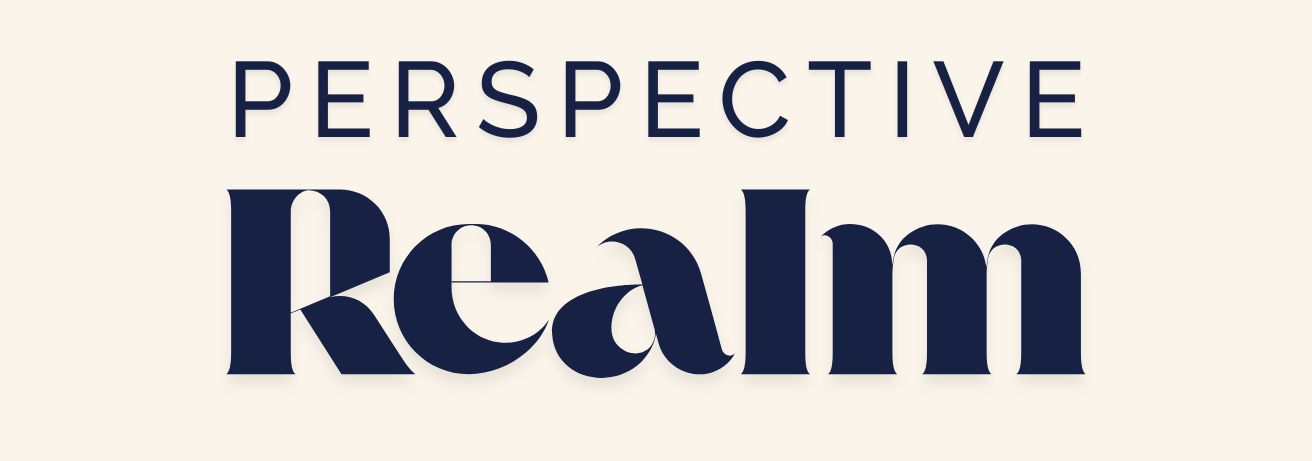Outline
- Understanding the Power of Letting Go
- Why We Hold On: The Roots of Attachment
- Psychological Insights into Letting Go and Stress Reduction
- Changing Your Perspective: Real-Life Examples
- Practical Techniques for Releasing Attachment
- Benefits of Letting Go: Emotional Freedom and Resilience
- Embracing the Freedom of Release
- FAQs
Understanding the Power of Letting Go
Imagine tightly holding onto a heavy rope, desperately gripping with all your strength, unaware that the rope is burning your hands and exhausting your energy. The tighter you grasp, the greater your pain. Yet, when you finally choose to release your grip, you feel instant relief, freedom, and newfound peace. This is the power of letting go—an art form of gently relinquishing attachments, shifting perspectives, and discovering serenity within life’s chaos.
Letting go is neither surrender nor defeat. Rather, it’s a courageous decision to recognize when holding tightly serves no purpose beyond causing unnecessary pain. By consciously shifting your perspective, you allow yourself emotional liberation, inviting tranquility and resilience into your daily life.
Why We Hold On: The Roots of Attachment
Why do people hold tightly to situations, outcomes, emotions, and memories, even when doing so brings immense stress and suffering? Often, attachment arises from fear—fear of loss, fear of change, fear of uncertainty. Humans naturally seek control, stability, and predictability, even if the illusion of control causes emotional pain.
Psychologists recognize attachment as a coping mechanism, providing temporary comfort against life’s unpredictability. However, attachment ultimately becomes detrimental, fueling anxiety, resentment, and persistent unhappiness. When your sense of peace depends heavily upon controlling external outcomes or maintaining specific expectations, stress inevitably intensifies, draining your energy and robbing your joy.
Psychological Insights into Letting Go and Stress Reduction
Research consistently reveals profound links between the act of letting go and significant reductions in stress and anxiety. Studies in mindfulness psychology illustrate how releasing attachments—such as rigid expectations, past regrets, or unchangeable circumstances—reduces psychological distress and enhances emotional resilience.
Cognitive Behavioral Therapy (CBT) emphasizes reframing attachment by changing thought patterns and perspectives. By consciously acknowledging thoughts that create anxiety and reframing them positively or neutrally, individuals experience remarkable stress reduction. Such shifts aren’t mere avoidance—they’re active emotional strategies that reshape neural pathways, encouraging lasting inner peace.
Changing Your Perspective: Real-Life Examples
Consider someone who, after years of bitterness toward a former partner, finally chooses forgiveness—not because their pain is trivial, but because the emotional weight has become exhausting. When they release resentment, they reclaim emotional space once occupied by pain and anger. This conscious letting-go is a transformative shift in perspective, replacing emotional captivity with liberation.
Another example lies in career-related stress. Imagine a professional who continuously worries about every aspect of their performance, striving obsessively for perfection. Overwhelmed by anxiety, they ultimately decide to release unrealistic expectations, adopting instead a broader perspective of continual learning and growth. By letting go of impossible standards, their performance improves, anxiety decreases, and career satisfaction blossoms.
Such real-world transformations demonstrate clearly that shifting perspective and releasing attachment doesn’t equate to weakness or defeat—it’s a profound act of courage and self-awareness, bringing genuine emotional freedom.
Practical Techniques for Releasing Attachment
How can you practically cultivate the art of letting go? Here are three powerful techniques:
Mindfulness and Acceptance: Practice observing your thoughts and emotions non-judgmentally, allowing them to pass without clinging or resisting. Mindfulness meditation, breathing exercises, or journaling cultivate awareness and emotional acceptance, dramatically reducing stress.
Reframe Challenges Positively: When stressed by situations outside your control, consciously ask yourself: “What can I learn from this?” or “How can I grow through this challenge?” This reframing shifts your mindset from helplessness to empowerment, making it easier to release attachments.
Visualize Release: Imagine physically letting go of whatever causes stress. Visualize your tension dissolving into the distance, floating away like leaves on a stream. Such imagery powerfully reinforces emotional release, embedding relaxation deeply within your mind.
Benefits of Letting Go: Emotional Freedom and Resilience
The beauty of letting go lies in the profound emotional freedom and resilience it offers. When you relinquish unnecessary attachments, you liberate immense emotional energy previously locked into tension and anxiety. Suddenly, your mental landscape transforms from a battlefield of control into a serene space of acceptance and openness.
Emotionally, letting go fosters compassion, forgiveness, and emotional intelligence. Physically, your body experiences reduced stress hormones, lowered blood pressure, and enhanced immunity. Relationally, releasing attachments heals strained connections, invites authenticity, and deepens intimacy.
Ultimately, letting go empowers you to navigate life’s uncertainties with flexibility, grace, and inner peace—qualities that sustain and nourish you amidst inevitable change.
Embracing the Freedom of Release
Letting go is indeed an art—one that requires practice, courage, and conscious perspective-shifting. Yet, each moment of release brings a reward far greater than imagined—peace, joy, resilience, and genuine emotional freedom.
Remember, true strength emerges not from how tightly you cling, but from knowing precisely when to let go. Embrace this profound practice daily, release attachment consciously, and witness stress dissolve into serenity. The freedom that awaits you isn’t found in relentless control, but rather in the courageous act of releasing your grip and trusting that within letting go, you ultimately find yourself.
FAQs
How can I know what to let go of and what to hold onto?
Reflect honestly on what’s within your control versus what isn’t. Let go of circumstances beyond your control, past regrets, rigid expectations, and draining emotional burdens. Hold tightly to values, meaningful relationships, personal growth, and compassion.
Does letting go mean giving up or ignoring important responsibilities?
Absolutely not. Letting go doesn’t imply avoidance or irresponsibility—it means recognizing what you genuinely can and cannot control. It involves focusing your energy positively, embracing acceptance, and releasing emotional burdens that hinder effectiveness and happiness.
Can practicing letting go truly reduce my stress significantly?
Yes. Extensive research confirms that releasing emotional attachments substantially reduces stress, anxiety, and physical tension. By regularly cultivating letting go, you enhance emotional resilience, foster peace, and dramatically improve your quality of life.













